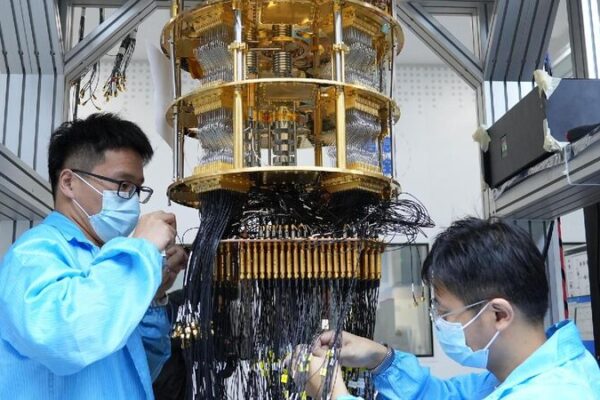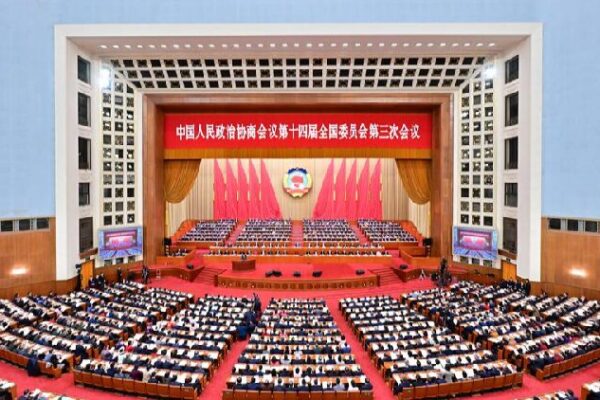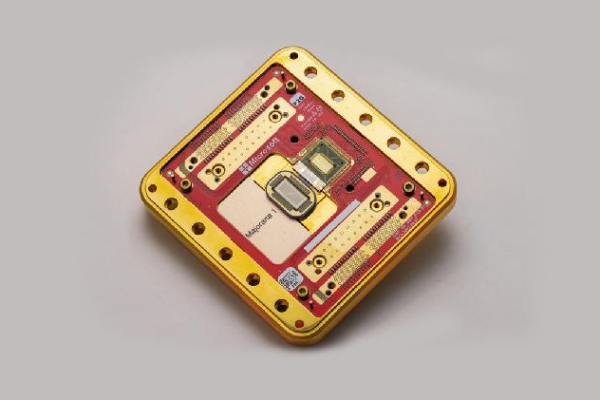As China’s annual Two Sessions—the third session of the 14th National People’s Congress (NPC) and the Chinese People’s Political Consultative Conference (CPPCC)—kick off, the world is watching the nation’s surge in technological innovation. From breakthroughs in quantum computing to advancements in artificial intelligence (AI), China is showcasing an inclusive approach to sci-tech development that aims to benefit everyone.
One of the headline achievements is the unveiling of Zuchongzhi 3, a 105-qubit superconducting quantum computer prototype. According to its developers, Zuchongzhi 3 can handle certain tasks at speeds a quadrillion times faster than the world’s most powerful supercomputers and a million times faster than Google’s latest results. This leap in quantum computing positions China at the forefront of global tech innovation.
Meanwhile, DeepSeek’s AI reasoning model is gaining international attention for its open-source approach. Lou Qinjian, spokesperson for the third session of the 14th NPC, highlighted DeepSeek’s significance during a press conference in Beijing. “DeepSeek follows an open-source technological path,” he said. “Such an open-source approach has facilitated the wider application of AI technologies worldwide and contributed China’s wisdom to the world.”
China’s commitment to sharing its technological advancements extends beyond AI and quantum computing. The animated film “Ne Zha 2” has shattered global box office records, showcasing the nation’s growing prowess in animation. Additionally, humanoid robots created by Unitree Robotics have gone viral, highlighting Hangzhou’s emergence as a hub for innovative tech startups.
The inclusive mindset is also evident in agriculture, as outlined in China’s “No.1 central document” of 2025. The integration of AI, drones, robots, and genetics is revolutionizing farming practices, offering new models for countries, particularly in the Global South, to boost food production and sustainability.
In the pharmaceutical sector, Chinese biotech company Akeso has developed Ivonescimab, a therapy that outperformed a leading cancer treatment drug from the United States in trials. Zhao Hong, a member of the CPPCC National Committee and Chief Physician at the Cancer Institute and Hospital, CAMS, noted, “It’s one example showing how more therapies from China are exported overseas. We are catching up with others, and we gradually innovate to lead the way.”
Even in space exploration, China is promoting international cooperation. The nation plans to invite astronauts from developing countries to its Tiangong space station, fostering global participation in space missions.
As China’s technological capabilities continue to grow, its inclusive approach aims to balance national aspirations with global progress. By sharing innovations and collaborating internationally, China is positioning itself not just as a tech leader but as a partner in addressing global challenges.
Reference(s):
Inclusive innovation of China's sci-tech hailed amid Two Sessions
cgtn.com








